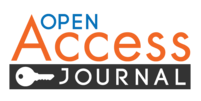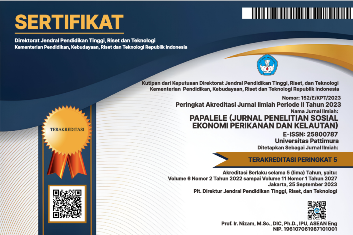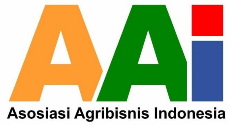POTENSI JENIS TERIPANG BERNILAI EKONOMIS PENTING DI EKOSISTEM PADANG LAMUN PERAIRAN DESA SULI MALUKU TENGAH
Abstract
Sea cucumber is one of commercially important species that commonly traded. The high nutrition and its benefit in pharmacologic sector render the high price of sea cucumber, hence, the organism becomes over-exploitated. The price of sea cucumber are depended on the species. At least, there are more than 50 species of sea cucumber that being exploited to trade. The aim of the study was to inventory and calculate the potency of commercial sea cucumber in seagrass ecosystem at Suli Waters, Central Maluku. The study was conducted from September to October 2017. The sampling was using line transect method, while the species of sea cucumber were microscopically identified based on ossicles shape. The result showed that 14 species of sea cucumber were found, that classified into 3 family and 5 genera. Among the 14 species, 11 species were recognized as commercially important species. The 11 species and their potency were spesified as following: Actinopyga echinites (481 individuals), A. lecanora (481 individuals), A. miliaris (801 individuals), Bohadschia marmorata (2.082 individuals), B. vitiensis (1.121 individuals), Holothuria atra (374 individuals), H. coluber (427 individuals), H. lesson (908 individuals), H. scabra (4.164 individu), Stichopus chloronotus (53 individuals), and S. horrens (267 individuals). The utilization of sea cucumber was considered low. People utilized them traditionally, yet, not continously.
Downloads
References
Darsono, P. 1999. Perkembangan Pembenihan Teripang Pasir, Holothuria scabra Jaeger, di Indonesia. Oseana. 24 (3) : 35- 45.
Khouw, A. S. 2016. Metode dan Naalisa Kuantitatif dalam Bioekologi Laut. Bandung: CV. Alfabeta. 316 h.
Lewerissa, Y. A. 2009. Pengelolaan Teripang Berbasis Sasi di Negeri Porto dan Desa Warialau Provinsi Maluku. Sekolah Pasca Sarjana Institut Pertanian Bogor, Bogor. Tesis (Tidak DIpublikasikan).
Malik, S. A. 2013 Kajian struktur komunitas; Pola penyebaran dan pemanfaatan teripang (Holothuridae) dalam Upaya Pengelolaan di Pesisir Pantai Desa Morela, Pulau Ambon. Fakultas Perikanan dan Ilmu Kelautan Unpatti, Ambon. Skripsi (Tidak Dipublikasikan).
Martoyo, J., N. Aji., dan T. Winanto. 2006.Budidaya Teripang (Ed). Revisi. Penebar Swadaya. Jakarta.
Purcell, S.W., Y. Samyn, & C. Conand. 2012. Commercially important sea cucumbers of the world. FAO Species Catalogue for Fishery Purposes. No. 6. Rome, FAO. 2012. 150 pp.
Selanno, D. A. J., Natan, Y, Uneputty, Pr.A., and Lewerissa, Y. 2014. Ecological Study of Sea Cucumber in Central Mollucas. IOSR Journal of Agriculture & Veterinary Science Vol 7, Issue I Ver. II (Jan 2014) pp 21-28.
Uneputty, Pr. A., M. A. Tuapatinaya, J. A. Pattikawa. 2017. Density and diversity of echinoderms in seagrass bed, Baguala Bay, Maluku, Eastern Indonesia. International Journal of Fisheries and Aquatic Studies 2017; 5(2): 311-315.
Yusron, E. 2001. Struktur komunitas teripang (Holothuroidea) di Rataan Terumbu Karang Perairan Pantai Morela, Ambon. Dalam Pesisir dan Pantai Indonesia VI. Pusat Penelitian dan Pengembangan Oseanologi – LIPI. Jakarta : Seri II. 8 hal.
Copyright (c) 2018 Maureen M. Pattinasarany, Gratia D. Manuputty

This work is licensed under a Creative Commons Attribution-NonCommercial 4.0 International License.











